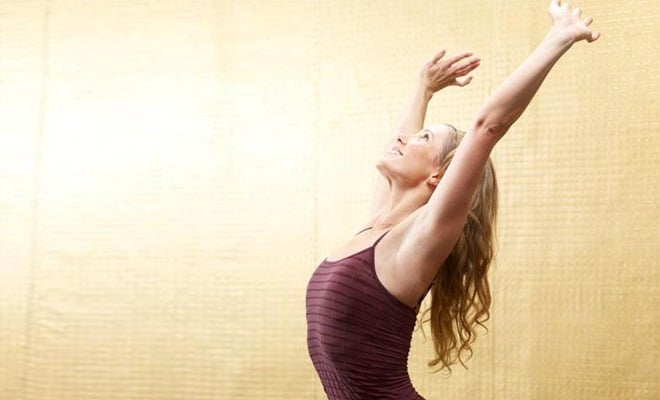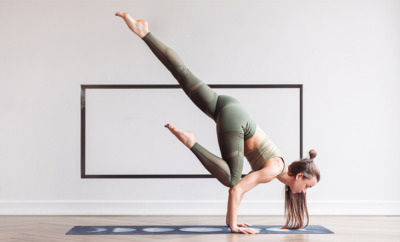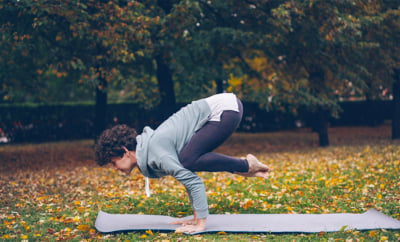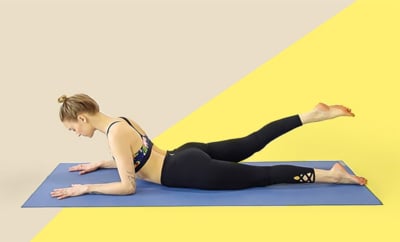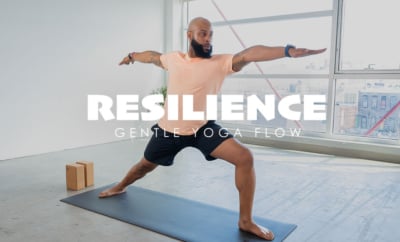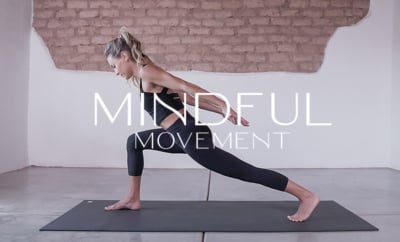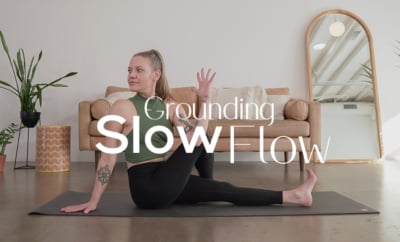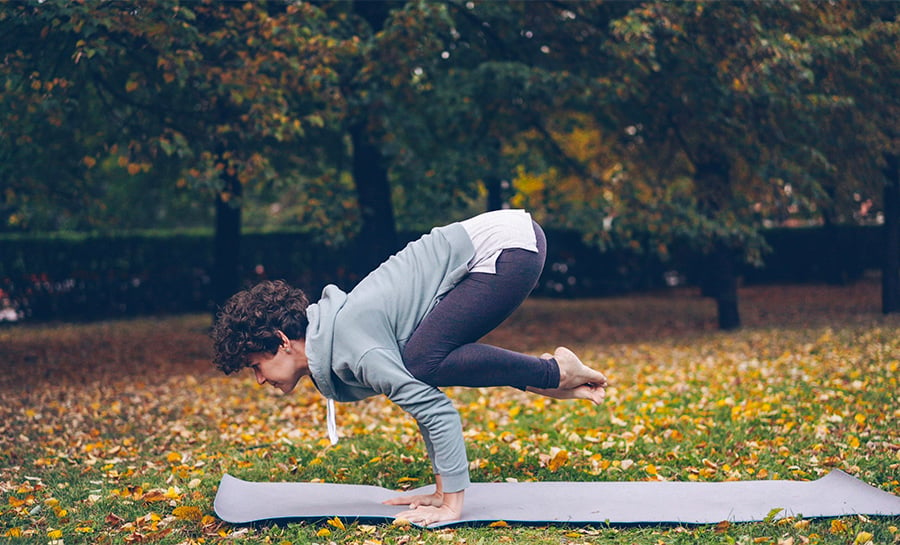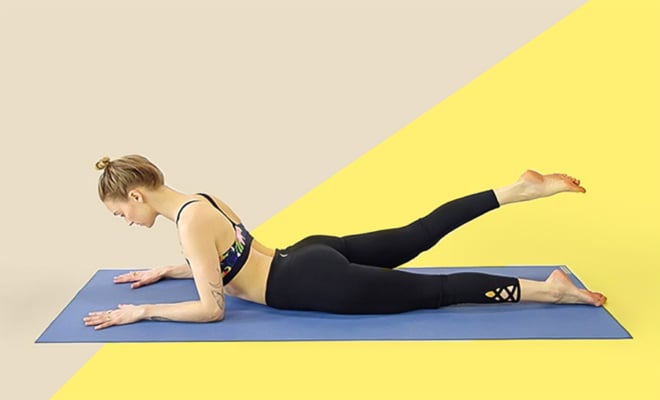Yoga Teachers: 5 Tips to Teach and Cue More Effectively

5 tips for cuing
What you say and also how you say it determines how effectively your message will be received. This particularly applies when you are teaching a yoga class. Choosing your words wisely, and saying things as concisely as possible, tends to help people hear what you want to convey.
There is a teacher in Columbus, Ohio who I love, Erin Shipley. Every time I attend her class, it strikes me how carefully she uses and chooses how to communicate. It’s easy to listen to her because she doesn’t add superfluous cues, or feel the need to talk constantly. Everything she says just makes sense.
From one yoga instructor to another, here are 5 tips on how to use your words efficiently and effectively while cuing your next yoga class:
1. Less is more.
If you can say something in three words instead of ten, choose three. For example, “Exhale fully.” Or “Exhale to the extent that there is nothing left in the lungs.” Both work, but the first one accomplishes the same message.
2. Learn to love the silence.
It’s distracting when you’re in a pose, and the teacher rambles on and on driving home a point until you’re thinking, “Does she think we’re idiots? We get it – engage the core. Now shut up and let us try it.”
3. Use non-verbal communication tools.
Physical adjustments are a great way to help people understand how a pose can feel. Placing props in front of them also communicates that it might be easier if a block is under one’s hand when doing Half Moon pose. Dim the lights to direct people into the quiet state of Savasana. The pace of music in class also assists in encouraging more or less energy. Demo poses if they are specifically difficult for newer students to grasp.
4. Vary your vocabulary and never stop learning.
Notice if you get stuck using the same cue too many times. You’ll find the most inspiration from taking other teacher’s classes and hearing how they cue poses. Reading yoga books and articles will also help you. The more you practice and take in, the more you’ll have to share with your students!
5. Flex your listening muscles.
Listening means watching and noticing how people respond to what you say. It also means observing students who are not getting what you’re trying to explain, and adjusting your message accordingly. Be as open to feedback as possible.
If you happen to be a particularly verbose human, as I am, this can prove to be a challenge. It’s certainly a worthwhile effort. Adopt the ‘less is more’ approach, much like you would with make-up. A little mascara and lip-gloss goes a long way!
Are you already super concise with your cuing and have some pointers to share with the community? Are you a yoga teacher who struggles with this aspect of teaching? Feel free to ask questions and share your experience in the comments below – let’s keep this important conversation going!


This Month's Letter
From the Editor
Monthly motivation and food for
thought from our founder.


